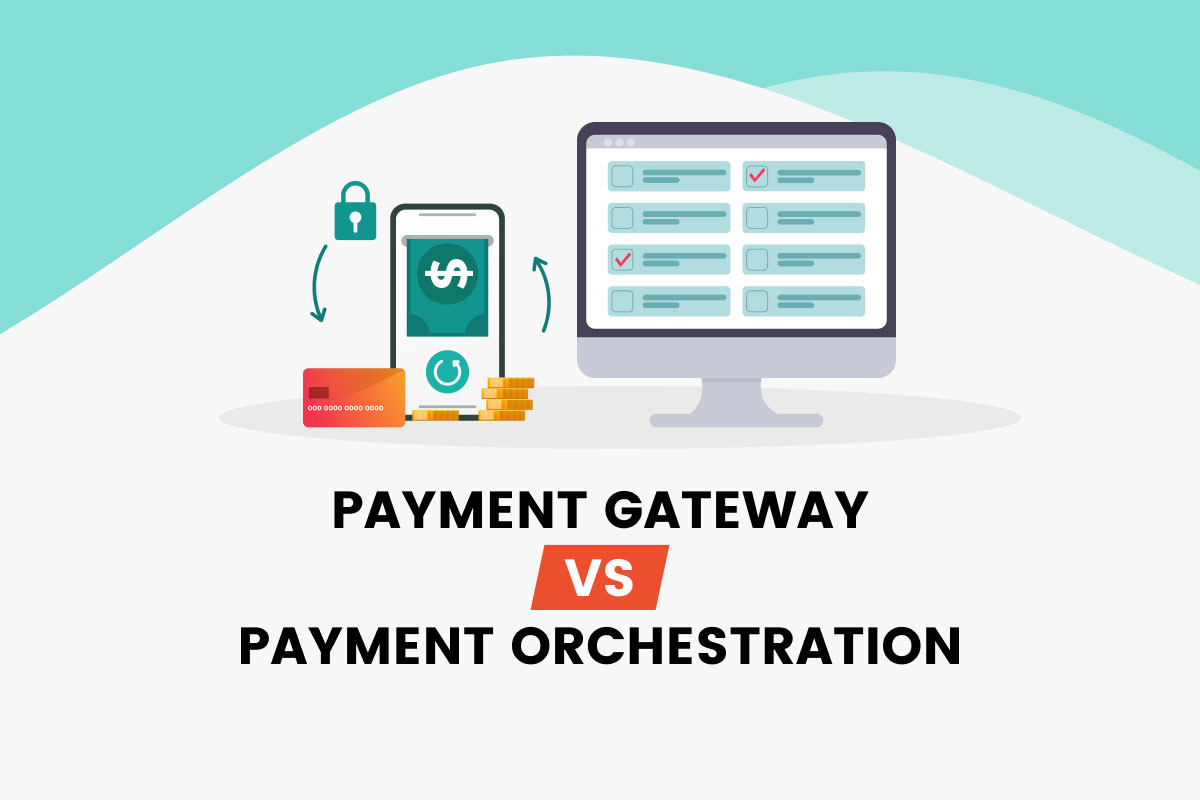The payment industry is in a constant state of evolution, driven by technological advancements and changing consumer preferences. As payment service providers (PSPs) seek to stay ahead in this dynamic landscape, they often face a critical decision: whether to stick with traditional payment gateways or embrace the emerging concept of payment orchestration. In this article, we’ll delve into this choice and explore the benefits of payment orchestration.

Payment Gateways As The Traditional Approach
Payment gateways have been the go-to solution for processing online payments for many years. They serve as a bridge between online businesses and financial institutions, securely facilitating transactions. While they have played a pivotal role in the growth of e-commerce, they come with limitations.
Traditional payment gateways are typically integrated into a PSP’s system, providing access to a limited set of payment methods. This lack of flexibility can hinder PSPs from adapting to evolving customer demands. Furthermore, they may struggle to scale their operations or expand into new markets due to the rigid nature of these gateways.
Payment Orchestration As The Next Evolution
Payment orchestration is an innovative approach designed to overcome the limitations of traditional payment gateways. It is a dynamic system that connects PSPs to a vast network of payment providers, methods, and technologies. Unlike rigid gateways, payment orchestration platforms offer flexibility, adaptability, and support for a wide array of payment options.
Payment orchestration works by acting as a central hub that PSPs can connect to via an open Application Programming Interface (API). Through this connection, PSPs gain access to an extensive ecosystem of payment methods, banks, and providers. This centralized platform simplifies payment processing, allowing PSPs to manage multiple payment methods seamlessly.
One of the key advantages of payment orchestration is its ability to streamline payment processes. PSPs can manage multiple payment methods through a single integration, simplifying operations and improving the customer experience. This adaptability empowers PSPs to stay competitive and meet the diverse needs of their clients.
Comparative Analysis – Payment Gateway vs. Payment Orchestration
Let’s now conduct a comparative analysis of payment gateways and payment orchestration:
1. Payment Method Support
Traditional gateways offer a limited range of payment methods, while payment orchestration platforms provide access to a comprehensive set, including emerging options like cryptocurrencies.
2. Scalability
Payment orchestration allows PSPs to scale their operations seamlessly, accommodating increased transaction volumes without major infrastructure changes.
3. Adaptability
Unlike fixed gateways, payment orchestration platforms can swiftly integrate new payment methods and technologies, ensuring PSPs remain at the forefront of industry trends.
4. Customer Experience
Payment orchestration simplifies the payment process for customers by offering a broader range of options and a smoother checkout experience.
The Role of Akurateco in Payment Orchestration
Akurateco is at the forefront of payment orchestration, offering a solution that empowers PSPs to thrive in the evolving payment landscape. With advanced technologies and an extensive network of integrated banks and payment providers, Akurateco enhances the capabilities of PSPs.
One of the standout features of Akurateco is its adaptability. PSPs can seamlessly transition to Akurateco’s payment orchestration platform, maintaining their core functionality while gaining access to an array of payment methods. This flexibility ensures PSPs can cater to diverse customer preferences without the need for extensive development.
Integration and Implementation
Integrating payment orchestration into existing systems is a strategic move for PSPs. It involves connecting to platforms like Akurateco via an open API, enabling the transmission of transactions. This process can be executed in two ways:
- Merchant’s Integration via PSP’s Current System: Transactions flow through the PSP’s system and are then forwarded to the payment orchestration platform, preserving the existing merchant interface.
- Merchant’s Direct Integration with Payment Orchestration: Merchants connect directly to the payment orchestration platform, accessing its functionalities while allowing the PSP to maintain oversight.
Conclusion
The choice between traditional payment gateways and payment orchestration is pivotal for PSPs in today’s competitive environment. While payment gateways have served their purpose, payment orchestration offers a new path forward.
Payment orchestration provides the flexibility, scalability, and adaptability needed to thrive in the ever-changing payment landscape. As consumers demand more payment options and a seamless experience, PSPs can turn to solutions like payment orchestration to meet these expectations. By embracing payment orchestration, PSPs can position themselves for success and remain agile in an industry that continues to evolve.









